Kazakhstan abounds in culinary delights, some borrowed from neighboring countries and others distinct to a country of 17 million with a rich nomadic and Turkic history. EXPO 2017, the world’s fair underway in Astana until September 10, has put the second-largest Caspian country in the world’s spotlight for the time being, and Caspian News is showcasing what gets cooked up in Kazakhstani kitchens year-round.
As one of six Turkic countries in the world that share similar languages, customs and religion, Kazakhstan has undoubtedly adopted some of the peculiarities found in the cuisines of neighboring countries like Uzbekistan, Azerbaijan, even Russia and Iran. Yet Kazakhstani gastronomy has, at the same time, developed its own identity. Kazakh nomads have historically produced a range of foods centered on meat, including lamb, beef and camel. As a Muslim-majority country, Kazakhstanis do not eat pork, while horsemeat, flavored with spices and sauces, is a main ingredient in many traditional dishes from this Caspian and Central Asian nation.
Black tea, considered Kazakhstan’s most-consumed drink, helps make it one of the largest tea-consuming countries. Kazakhstanis drink on average 1.54 kilograms of tea per person each year, putting it far ahead of Iranians (1.07 kg) and Turkic neighbors like Turkmenistan (0.82 kg) and Uzbekistan (0.86 kg). Here tea is served by mixing it with cream and milk, making it delicious, but not for those on a diet!
The Caspian News team put together 10 “must try” foods for visitors to Kazakhstan looking to experiences a cuisine that is regional but unique, different yet definitely delicious!
10. Shelpek
Shelpek is a traditional flatbread commonly consumed throughout Central Asia. Flour, milk, sugar, butter, sour cream, baking soda, salt and vegetable oil are combined to form a dough that are cooked on a hot flat surface, like a frying pan, or in a tandoor – the cylindrical clay oven heated with hot coals. These tortilla-like breads take on a special significance on Fridays, considered the holiest day of the week for Muslims, when they are prepared to honor the memory of the deceased. Some versions of shelpek are made by frying balls of the dough instead.

9. Kuurdak
As one of the oldest dishes of the Kazakh people, kuurdak was first mentioned in the 15th century. Its name comes from the word “kuyru”, which means to roast in Kazakh. While the dish is prepared in Kyrgyzstan using meats like mutton or beef, the Kazakh variation is made from sheep's liver, kidney, heart and lungs. Because these ingredients have a very short shelf-life, kuurdak is prepared immediately after slaughtering the sheep. The modern version of the dish is cooked with onions and potatoes.
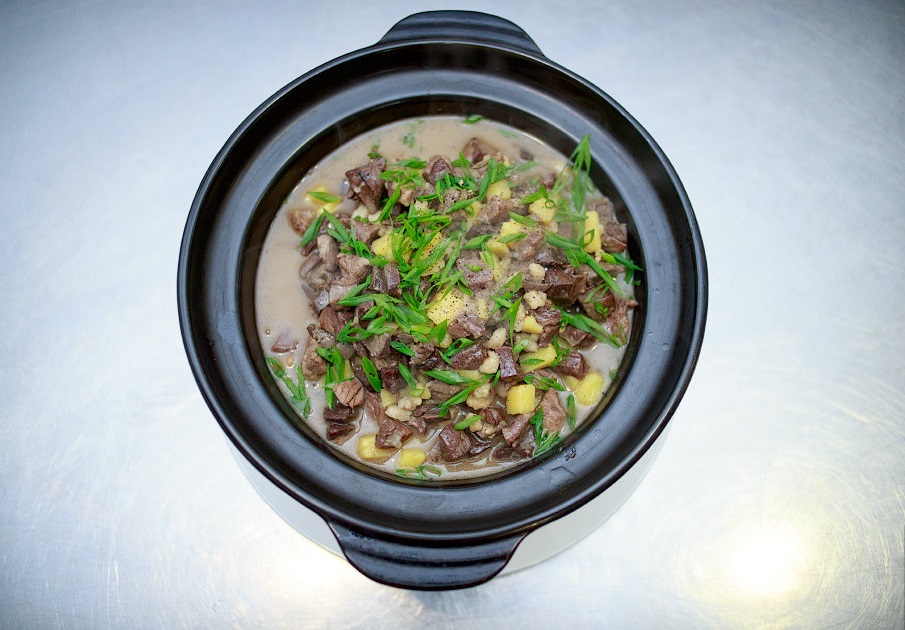
8. Shurpa
Shurpa is best described as something between a stew and soup, usually made with lamb, although some varieties use mutton, beef or chicken. Distinctive features of this dish include its fatty nature, due to first roasting the meat before combining it with vegetables, and the large number of herbs and spices that go into flavoring it. Kazakhstanis believe that regardless of the exact recipe, everyone will fall in love with shurpa thanks to its easy cooking technique and extraordinary taste.
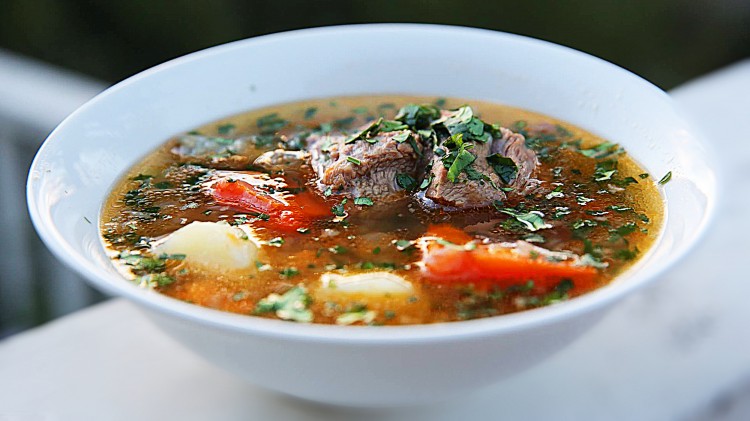
7. Lagman
Some like it hot. . . and lagman (or lamian), a noodle made by twisting, stretching and folding dough into thin strands, is the best choice for those people. Lagman is not historically Kazakh, but because it was of immense popularity with Uyghurs and Dungan peoples in the country, it is today considered Kazakhstani just as much as any other food. Lagman is sometimes served in a hot broth, essentially making it a ramen noodle-like soup. Other versions have the noodles prepared with meat and vegetables such as peppers, eggplant and carrot, mixed together with red pepper and garlic.
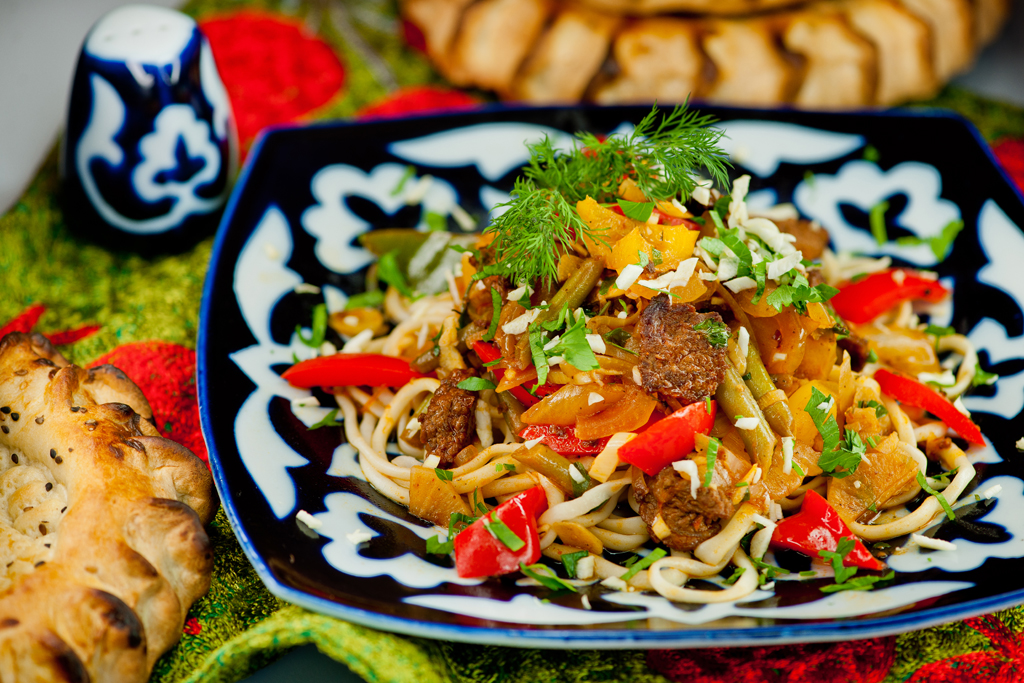
6. Koktal
If you’re a seafood lover, than koktal is for you. Kazakhstanis generally use freshwater carp found in the Caspian Sea for this dish, which is popular in the south and along the coastline. Koktal is most often prepared by baking the fish with tomatoes, sweet peppers and onions. Patience is required because cooking the fish is done slowly – but worth the wait!
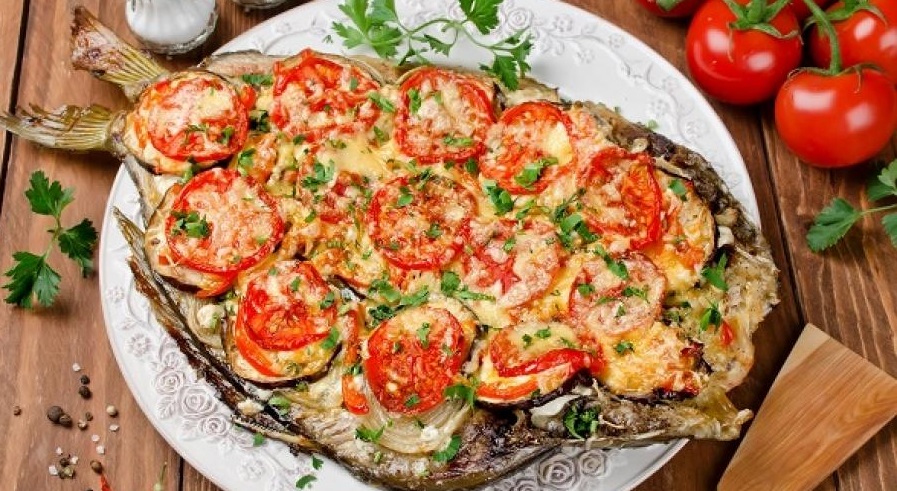
5. Baursak
Kazakhstanis cannot imagine their lives without soft and tasty fried dough known as baursak. Made with wheat flour, the rounded or diamond-shaped dough is traditionally fried using inner lamb or beef fat. Some recipes incorporate cottage cheese into the dough. Different regions in Kazakhstan are known for different sized baursak. They are often served with tea, with a traditional soup called shurpa, or as an appetizer or dessert. Kazakhstanis love them so much that the country celebrates “Baursak Day” every Fall.
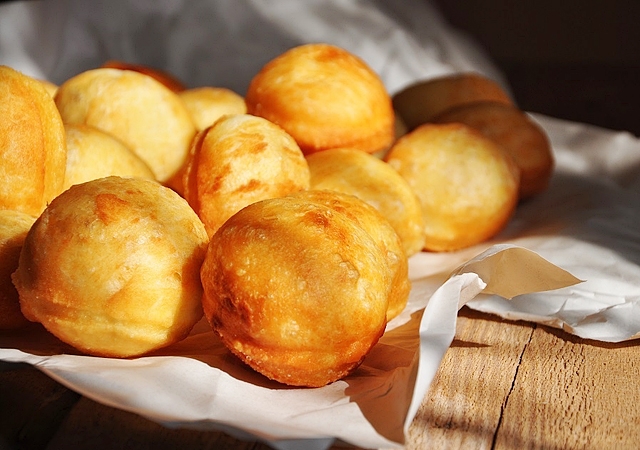
4. Manti
If you decided to try Kazakhstani manti, be ready to say goodbye to your voice of reason: Instead of eating five, you’ll want to have a dozen of them. Manti are delicious dumplings stuffed with meat, then boiled and served with dried mint. They are significantly different than the Turkish dish of the same name in that the dumplings are much larger. Kazakhstani manti are similar to Azerbaijan’s dushbara.

3. Kazy
Kazakhstanis believe that the best sausage is kazy, made with horse meat and a mix of spices. Historically nomads, the ancestors of modern Kazakhs, were hunters who consumed large quantities of meat. Because horse is such a large animal, after it is killed the meat needed to be preserved somehow. So, nomads invented kazy, which today is considered an obligatory dish at special occasions like weddings.

2. Pilaf
Pilaf, the world-famous rice dish, is considered as a sign of wealth and prosperity in Kazakhstan. Meat is first cut into large pieces and cooked together in a large pan with onions and sliced carrots until it becomes covered with a ruddy crust. Rice is then added, along with water, to bring the mixture to a boil. Kazakhstani pilaf requires that the meat and rice be cooked together, while in Iran and Azerbaijan, for example, the two are cooked separately. Decorated with dried fruits once it is plated, pilaf is a centerpiece at festive tables and is a “must have” when celebrating occasions that are meant to bring success and happiness, such as weddings and holidays.
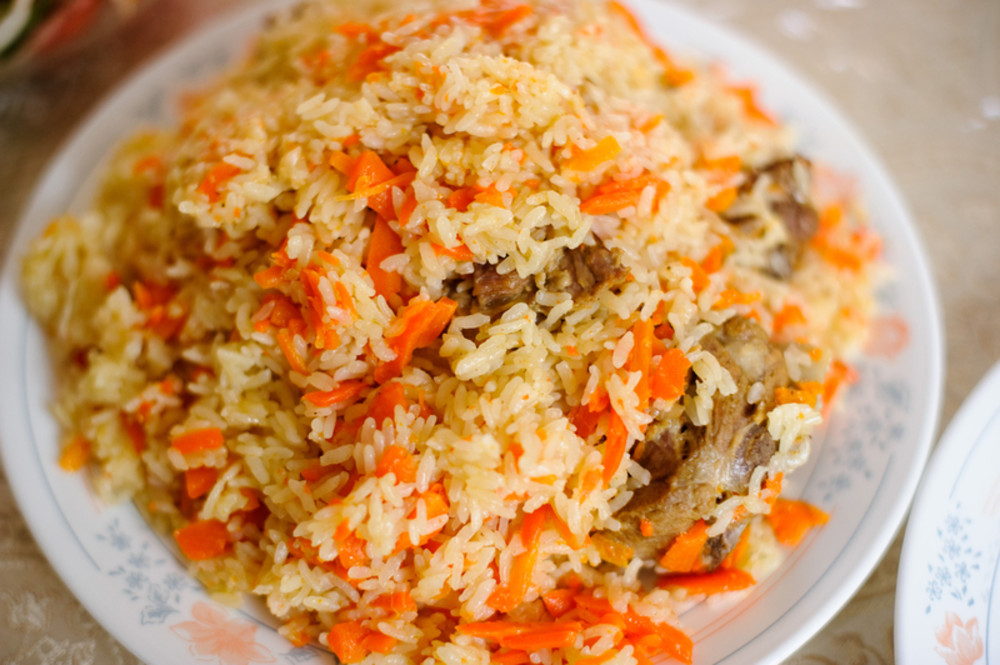
1. Beshbarmak
This slow-cooked meat dish is made with boiled mutton (sheep), beef, horse or camel, and served with either boiled, flat dumplings or thin noodles, and onions. Beshbarmak was usually eaten with one’s hands and helps explain its name, which means “five fingers.” The dish has a lot of cultural significance, and reflects Kazakhstan’s hospitality customs. The meat is traditionally served in small pieces to ensure that aksakals, or male elders, can chew it without difficulty. Beshbarmak, which is also popular in nearby Kyrgyzstan, is considered Kazakhstan’s national dish, and is the king of the table at any festivity, although it is also enjoyed daily in homes across the country.



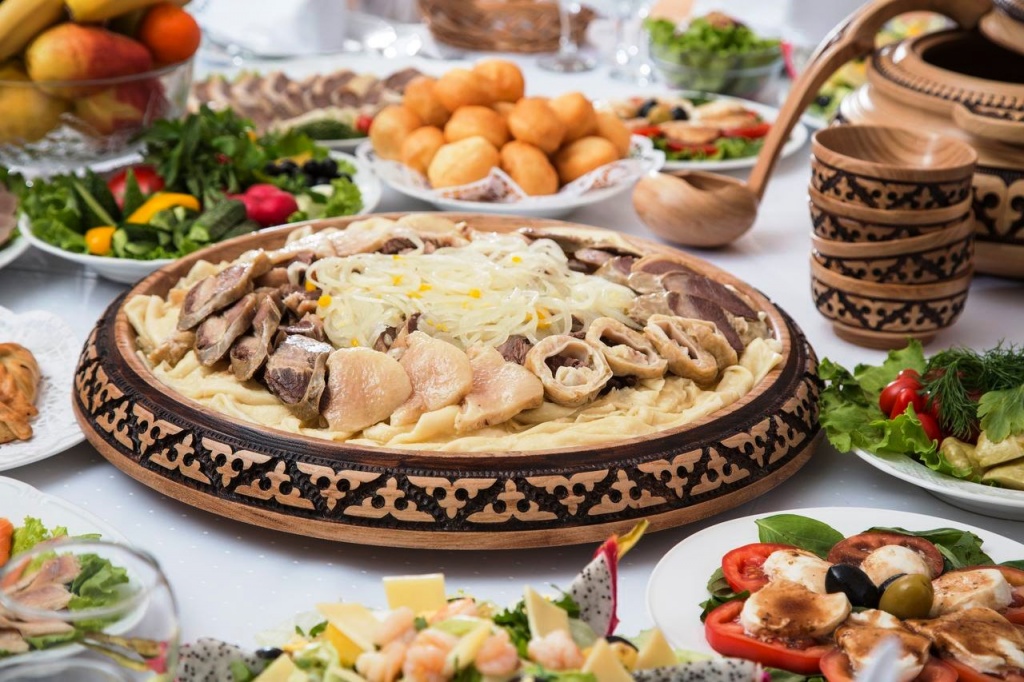




 Armenian sappers commenced on Monday mine-clearance operations in the territories adjacent to the Saint Mary Church in village of Voskepar (Armenia...
Armenian sappers commenced on Monday mine-clearance operations in the territories adjacent to the Saint Mary Church in village of Voskepar (Armenia...
 Iran and Pakistan have signed eight cooperation documents in various fields, and agreed to strengthen ties to fight terrorism in the region.
Iran and Pakistan have signed eight cooperation documents in various fields, and agreed to strengthen ties to fight terrorism in the region.
 President Aliyev emphasized the critical role of the North-South Transport Corridor in fostering transport cooperation between Azerbaijan and Russi...
President Aliyev emphasized the critical role of the North-South Transport Corridor in fostering transport cooperation between Azerbaijan and Russi...



